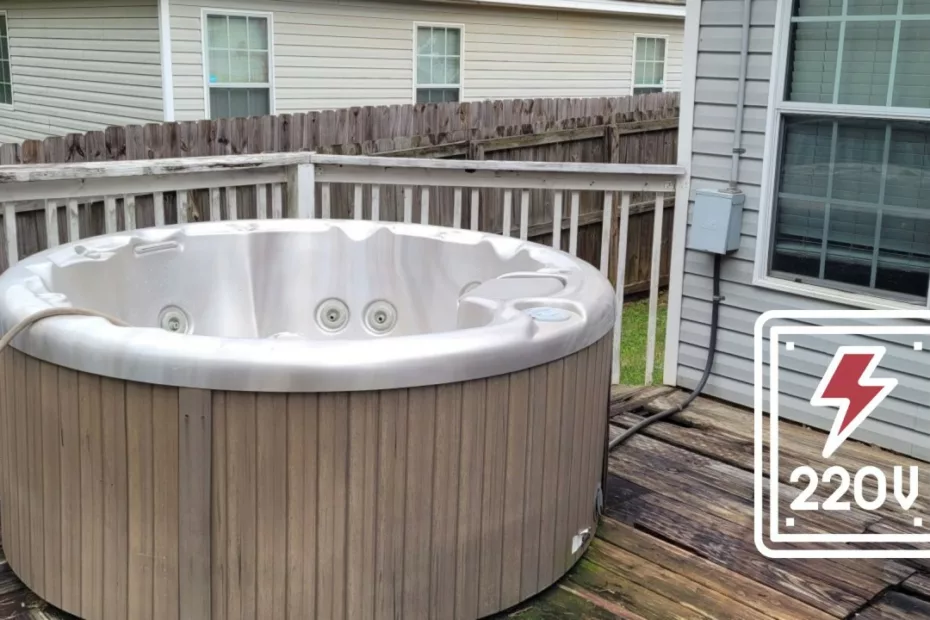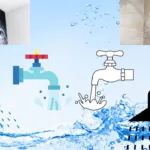As a real estate investor, I recently acquired a property with a malfunctioning hot tub, which prompted me to write this article. I’ll provide valuable insights and guidance on determining the appropriate size electrical breaker for your type of hot tub. Whether dealing with faulty or inadequate hot tub wiring, I aim to help you make informed decisions to ensure a safe and efficient electrical setup.
The hot tub breaker size depends on the model. Most full-size tubs need a 220V/50Amp breaker, but consult the manufacturer and a licensed electrician for accurate recommendations. Safety and compliance are crucial.
Understanding the correct electrical breaker size for your hot tub is essential for functionality and safety. This article delves deeper into the factors that influence breaker sizing. This includes the specific requirements of different hot tub models and the importance of consulting your hot tub manufacturer. You’ll be equipped with the knowledge to make informed decisions ensuring a seamless installation for your hot tub.
Understanding Hot Tub Electrical Requirements
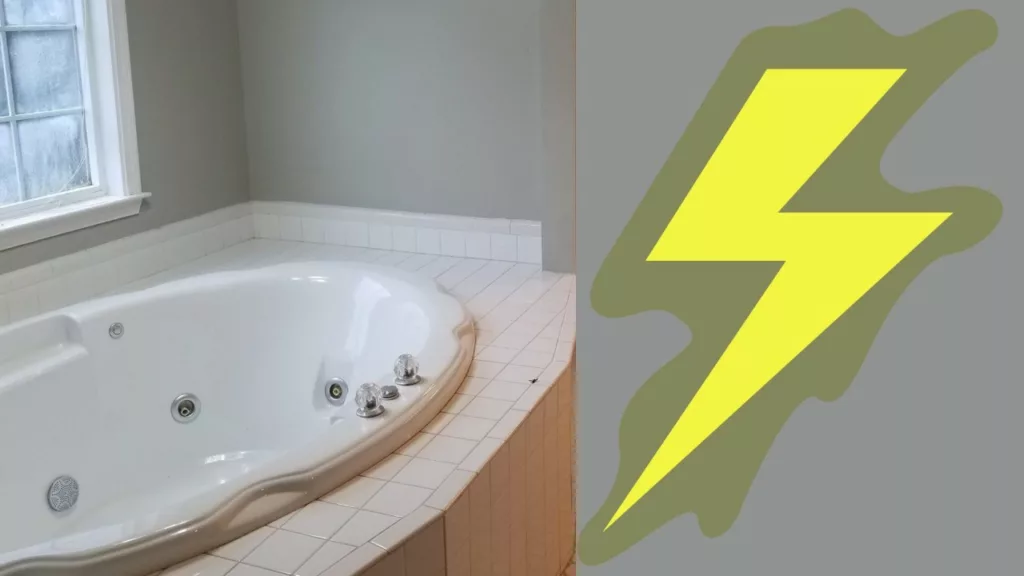
By understanding the different types of electrical connections, such as 120V and 240V, and the distinctions between plug-and-play and hardwired hot tubs, you can better navigate the electrical requirements of your specific tub model. Remember to always consult the manufacturer’s guidelines to ensure a safe and proper installation.
120V vs. 240V
Hot tubs operate on two primary electrical connections: 120V and 240V. A 120V connection is commonly used for plug-and-play hot tubs, while 240V is often found in hardwired setups. The type of connection impacts the tub’s performance and features.
Plug-and-play hot tubs vs. hardwired hot tubs
Plug-and-play hot tubs are designed to be easily connected to a standard outlet, typically running on a 120V circuit. They offer convenience but may have limitations regarding features and pump power. On the other hand, hardwired hot tubs require professional installation and a dedicated 240V circuit. This allows for more robust operation and additional features.
Overview of amp requirements for hot tubs
Amp requirements for hot tubs can vary depending on the specific model. Most full-size hot tubs typically require a 50 amp breaker. However, some smaller tubs may run on lower amp circuits, such as 40 or 60 amps. It is crucial to consult the manufacturer’s recommendations and guidelines for accurate breaker size and compliance with electrical codes.
The Role of Breakers in Hot Tub Electrical Systems
By understanding the function of circuit breakers and the importance of selecting the correct size, hot tub owners can ensure their electrical systems safe and efficient operation.
Explanation of Circuit Breakers and Their Function
Circuit breakers play a crucial role in hot tub electrical systems. They act as protective devices that monitor and control the flow of electricity to prevent overloading or a short circuit. When the electrical current exceeds a safe limit, the circuit breaker interrupts the flow, effectively cutting off power to the hot tub.
Significance of Using the Correct Size Breaker for Safety and Performance
Using the correct size breaker is essential for ensuring a hot tub’s safety and optimal performance. Choosing an appropriately sized breaker based on the specific electrical requirements of the hot tub is crucial. Undersized breakers can result in frequent tripping, while oversized breakers can overload the electrical system and pose safety risks.
Manufacturer Recommendations and Guidelines
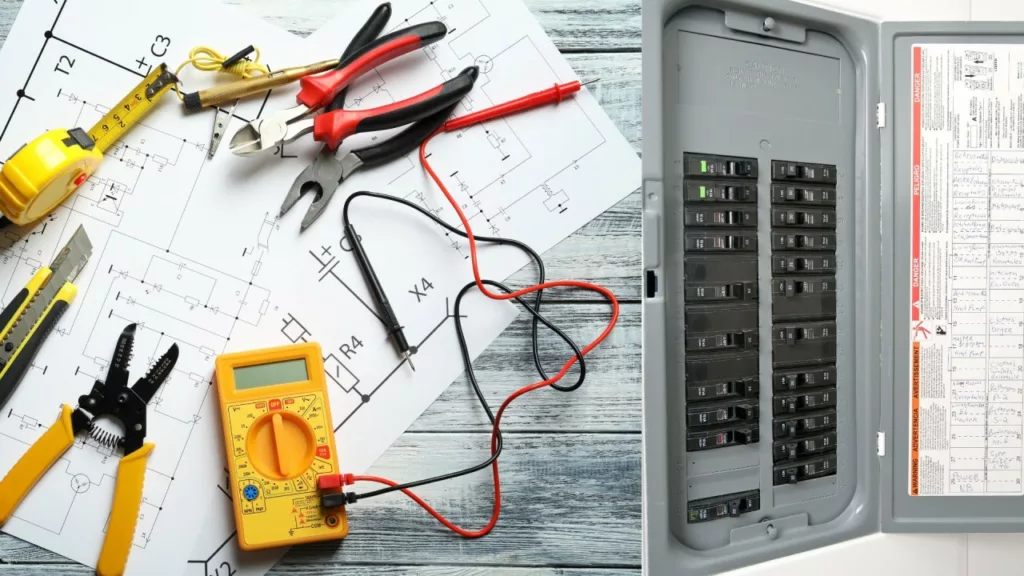
Each hot tub model has unique electrical requirements. Adhering to the manufacturer’s recommendations will help maximize your enjoyment and safety while using the hot tub. It ensures that the electrical system is appropriately sized, wired, and protected, guaranteeing the longevity and efficient operation of the hot tub. When in doubt, consult the manufacturer’s guidelines.
importance of following the hot tub manufacturer’s recommendations
When installing a new hot tub, it is essential to adhere to the manufacturer’s recommendations. These guidelines are designed to ensure a safe and proper installation that meets the requirements of the National Electrical Code (NEC) and local codes.
Hot tub manufacturers understand the intricate details of their products and the electrical systems required for proper operation. By following the manufacturer’s recommendations, you can avoid potential issues and ensure the longevity and performance of your hot tub.
Why Manufacturers May Recommend a Higher Amp Breaker than the Minimum Requirement
Manufacturers anticipate the power requirements of their hot tubs. They consider factors such as pumps, heaters, and other hot tub features that may draw additional electrical current. By recommending a higher amp breaker, they ensure that the electrical system can handle the maximum demands of the hot tub without risking performance issues or safety hazards.
Factors Influencing Breaker Size
Selecting the appropriate breaker size for your hot tub requires considering various factors. This includes the installation’s specific requirements, accounting for the tub’s features, pumps, and heaters, and ensuring compliance with the National Electrical Code (NEC). Considering specific requirements, such as the hot tub installation, ground wire, and electrical work, is crucial.
Accounting for the Tub’s Features, Pumps, and Heaters
Your hot tub’s features, including the number of jets, pumps, and heaters, play a significant role in determining the appropriate breaker size. These elements contribute to the electrical load, and proper consideration should be given to ensure the breaker can handle the demand.
Compliance with the National Electrical Code (NEC)
When dealing with electrical systems, adhering to the guidelines set forth by the National Electrical Code (NEC) is crucial. The NEC provides standards and regulations that ensure electrical safety and proper installation practices. This includes considerations for the electrical wire size, breaker type, good grounding, and other electrical components necessary for a compliant hot tub installation.
Ground Fault Circuit Interrupter (GFCI) Protection
Explanation of GFCI protection and its necessity for hot tubs
GFCI protection is a critical safety feature for hot tubs. GFCI is designed to prevent electric shock and reduce the risk of electrical accidents. It works by quickly detecting any imbalance in the electrical current and shutting off the power to the circuit, thereby preventing potential harm. A GFCI breaker, instead of a normal breaker, is essential in wet environments like hot tubs with a higher risk of electric shock.
Connection requirements for GFCI breakers
Proper connection and installation of GFCI breakers are essential for hot tubs to ensure adequate protection. The GFCI breaker should be appropriately sized based on the electrical requirements of the hot tub, such as amp GFCI breaker and load center.
Installation Considerations and Safety Precautions
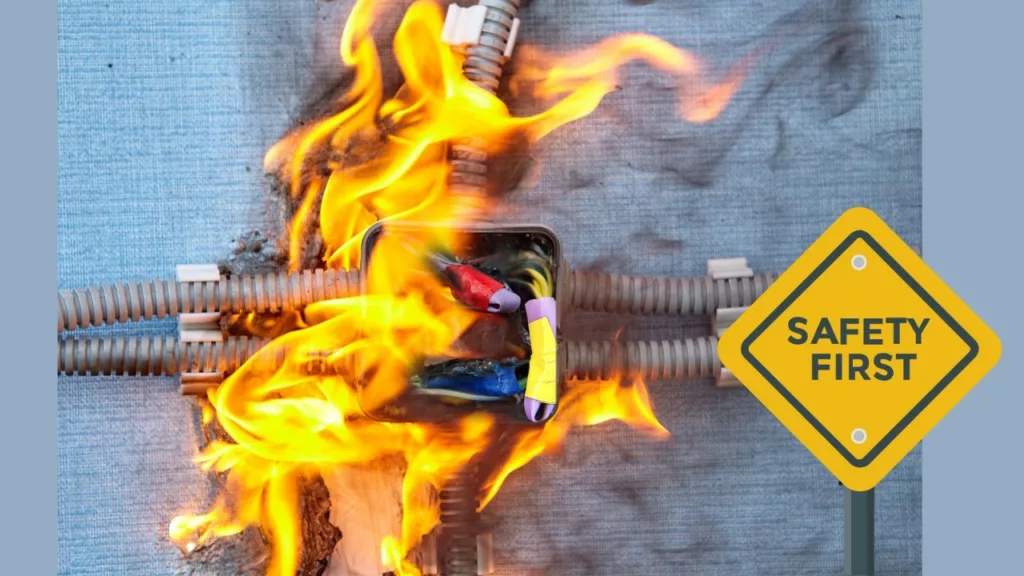
placement of the disconnect box
When installing a hot tub, it is crucial to ensure the proper placement of the disconnect box.
The disconnect box should be positioned in a location that allows easy access and is within reach of the hot tub users. It should be placed in a dry and well-ventilated area, away from water sources or moisture-prone areas.
dedicated circuit and avoiding overloading
To ensure the safe and efficient operation of a hot tub, it is essential to have a dedicated circuit for its electrical requirements.
A dedicated circuit means the hot tub’s electrical components are not shared with other appliances or outlets. This helps prevent the overloading of the circuit and minimizes the risk of electrical issues such as tripped breakers or potential short circuits.
safety of electrical connections and wiring
Proper installation and maintenance of electrical connections and wiring are vital for the safety of a hot tub.
It is crucial to use appropriate electrical wiring materials such as copper wire and follow the recommended wire sizes for the specific hot tub model. Employing correct wiring techniques, including using flexible conduit where necessary, helps protect the electrical connections from damage and ensures the system’s integrity.
Regular inspections and maintenance are essential to identify and address potential issues promptly.
Who Should Do The Work?
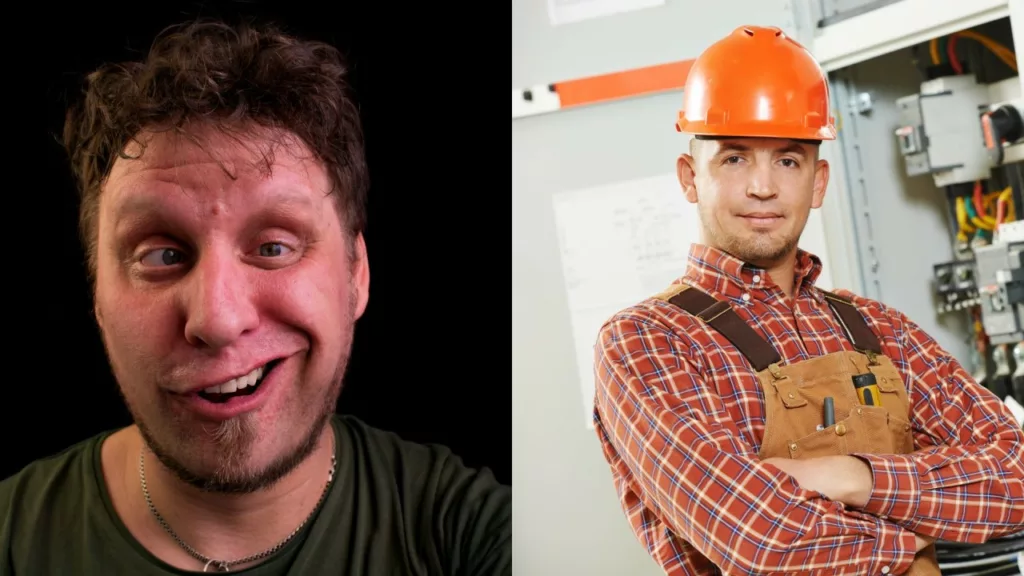
When it comes to hot tub installations, hiring a licensed electrical contractor offers numerous benefits and ensures a safe and reliable electrical setup. In addition, as a real estate investor, I recommend you never do maintenance work yourself, even if you are capable.
Here is why using a qualified professional is a good idea.
- Expertise and Knowledge: Licensed electricians have the necessary training, expertise, and knowledge to handle electrical work, including hot tub installations. They are well-versed in the specific requirements and guidelines related to electrical codes, manufacturer recommendations, and local regulations. Their expertise ensures the installation is done correctly, minimizing the risk of errors, short circuits, or other electrical issues.
- Compliance with Regulations: Hot tub installations must comply with electrical regulations and codes, such as the National Electrical Code (NEC). Licensed electricians are familiar with these regulations and ensure that the installation meets safety standards. They understand the proper wiring techniques, grounding requirements, and equipment specifications to ensure a safe and compliant electrical system.
- Preventing Damage and Hazards: Incorrect installation or wiring can lead to potential hazards, such as electrical shocks, fire risks, or damage to the hot tub and electrical components. Licensed electricians have the skills and experience to handle electrical connections, breaker panel installations, and proper grounding. They ensure that the wiring is done accurately, reducing the risk of short circuits, overloading, or other electrical malfunctions.
- Warranty Protection: Hiring a licensed electrician for hot tub installations provides peace of mind. You can confidently ensure the electrical work is performed correctly and meets all safety requirements. Additionally, many hot tub manufacturers require professional installation by a licensed electrician to maintain the warranty validity. By engaging a qualified professional, you ensure your warranty protection remains intact.
Conclusion
As a hot tub owner, selecting the right breaker size for your hot tub ensures safe and efficient operation. You can make informed decisions regarding breaker sizing by considering factors such as the specific requirements of your hot tub model, the type of electrical connection, and the features and components it includes.
Consulting a qualified and certified electrician is highly recommended to guarantee a successful installation and compliance with electrical codes. A qualified electrician has the expertise and knowledge to handle hot tub electrical installations.
Professional electricians understand the importance of proper grounding, adequate wiring, and accurate breaker sizing. Hiring a professional ensures your hot tub is installed correctly, minimizing the risk of electrical malfunctions, short circuits, or safety hazards.
By following guidelines, consulting professionals, and prioritizing safety measures, you can enjoy your hot tub experience with peace of mind. Whether you have a smaller hot tub or a large one with advanced features, ensuring the correct breaker size, appropriate wiring, and compliance with electrical standards is essential. This will provide a seamless and enjoyable hot tub ownership experience while keeping your electrical system safe and reliable.
